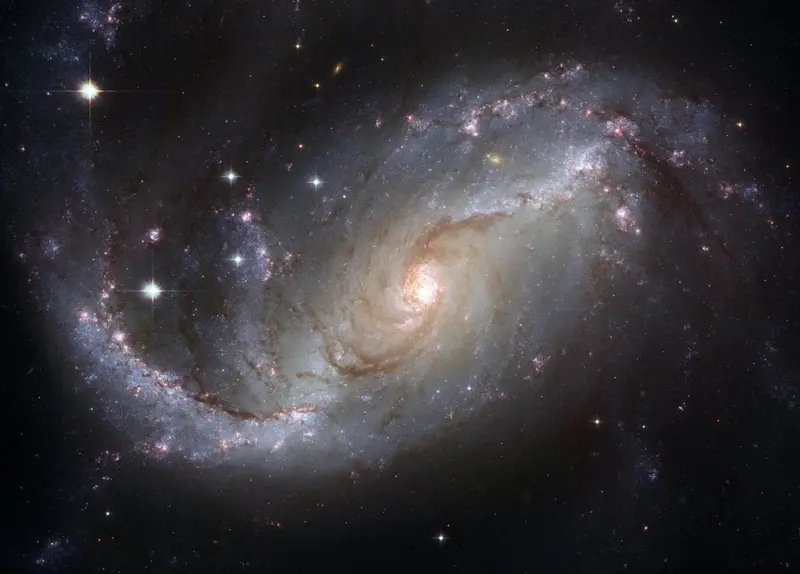An international team of astronomers led by Dr. Maosheng Xiang from the Chinese Academy of Sciences claims that the population of stars older than 13 billion years is the primordial disk from which the universe formed. The Milky Way .
It was previously believed that the original structure of our galaxies It emerged about 12.5 billion years ago. However, Dr. Xiang and his colleagues disputed this. By studying the movements within the discovered population, the authors of the study reconstructed the original shape of the Milky Way. The scientists noted that this shape is quite unusual for galaxies similar to ours.
The Milky Way is not a giant galaxy. However, it is significantly larger than the average galaxy in our part of the Universe, the publication reported. IFLScience Mapping with the Gaia space telescope has allowed astronomers to identify clusters of stars that were once part of consumed galaxies.
A decisive step in understanding the development of our galaxy was the discovery of the initial structure of the Milky Way disk. This was quite challenging, as all the most powerful, and therefore the brightest, stars from that time have long since burned out. Moreover, the smaller surviving stars were thoroughly mixed.
However astronomers They believe they have successfully completed the task. The team tracked the oldest stars and also discovered the difference between those stars that are over 13 billion years old and relatively younger ones that were born later than 12.5 billion years ago. Ultimately, the scientists named the disk of stars, which is 13 billion years old, PanGu, in honor of the god from Chinese mythology who separated heaven from earth.

What else did the scientists talk about?
At different times, astronomers have tried to find out when the first were born. stars It likely happened about 400 million years after the Big Bang, which is around 13.4 billion years ago. However, these early stars did not necessarily belong to well-structured galaxies. They could have simply been points of light among amorphous gas.
Dr. Syan’s team claims that the Panh-gu stars, with a total mass of about 3.7 billion solar masses, formed at a relatively constant rate over several hundred million years. Currently, those oldest stars make up only 0.2 percent of the current mass of the Milky Way. The team also concluded that our galaxy reached its peak star formation about 11 billion years ago.
Researchers also found that the primordial disk had approximately the same height and width. However, over time it flattened to about one-tenth of its original height.
Modeling has shown that the early development of galaxies occurred through powerful mergers that disrupted the formation of well-structured disks. However, this does not seem to apply to the Milky Way.
The results of the study were published in the journal Nature Astronomy.
